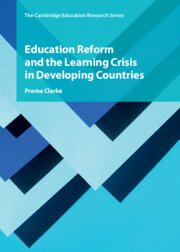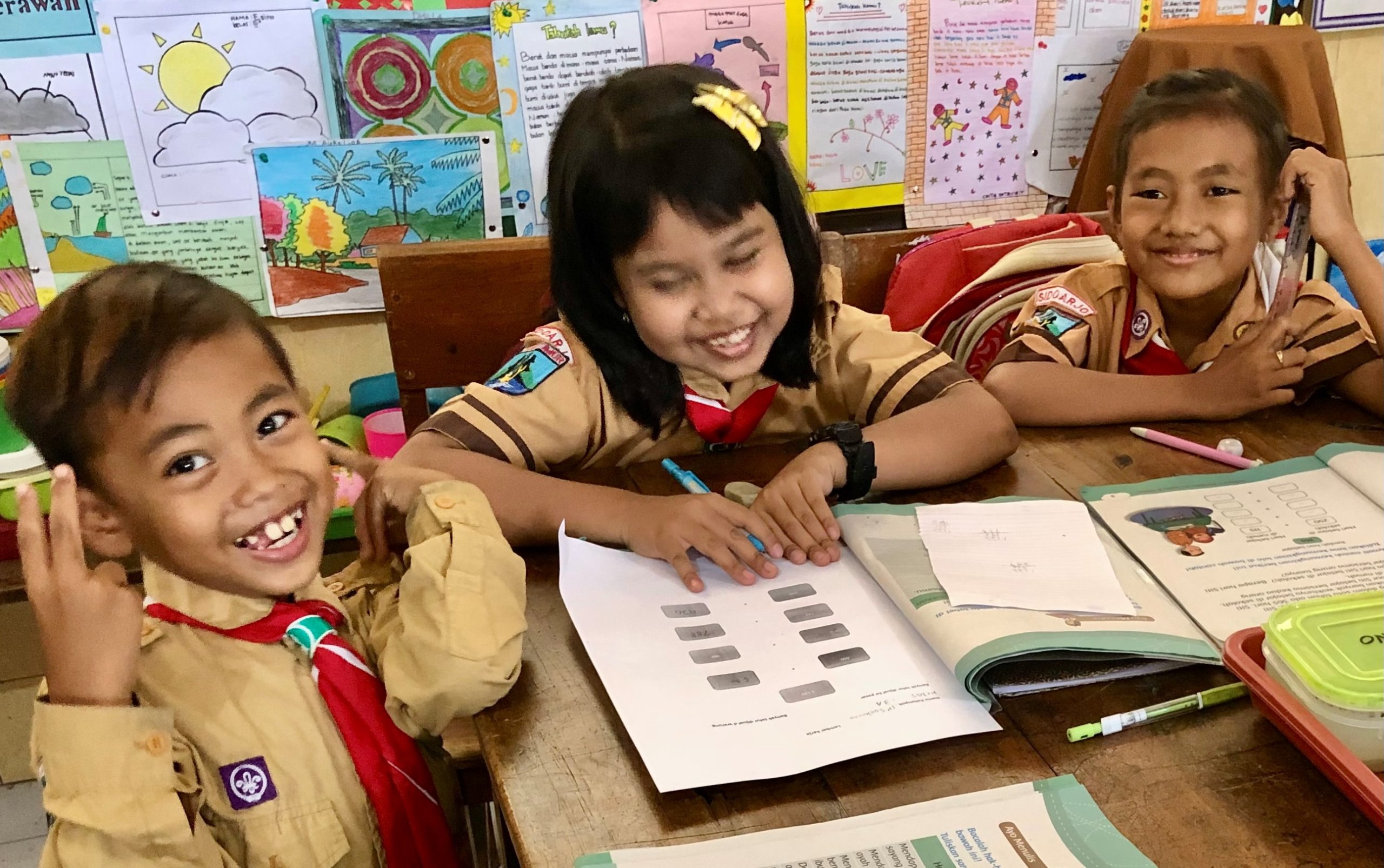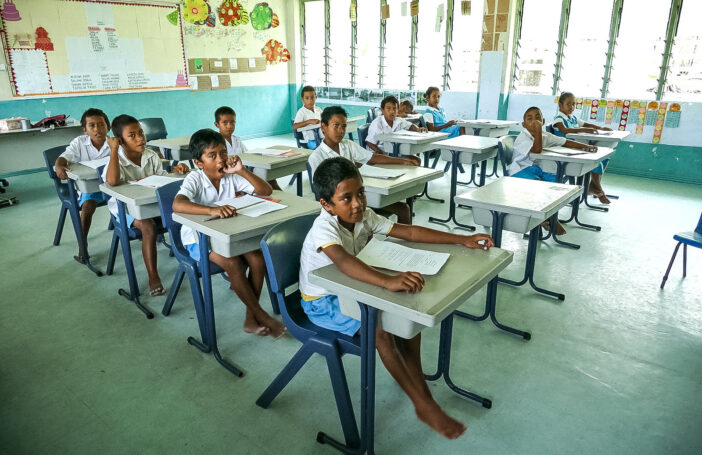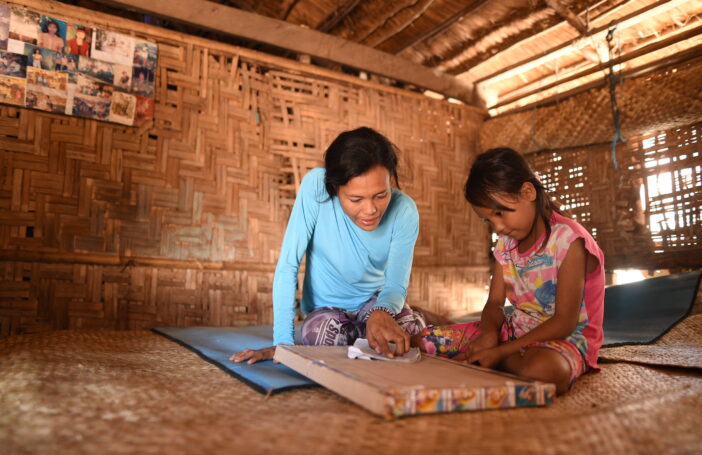 Student learning is receiving overdue attention in the development literature. Two recent books reviewed in this blog, Foundations of Classroom Change in Developing Countries and The Lean Education Manifesto, illustrate this attention. Prema Clarke’s Education Reform and the Learning Crisis in Developing Countries complements these books. Education Reform reviews past donor policies and practices that failed to improve student learning outcomes, and proposes what might be done next to address the learning crisis.
Student learning is receiving overdue attention in the development literature. Two recent books reviewed in this blog, Foundations of Classroom Change in Developing Countries and The Lean Education Manifesto, illustrate this attention. Prema Clarke’s Education Reform and the Learning Crisis in Developing Countries complements these books. Education Reform reviews past donor policies and practices that failed to improve student learning outcomes, and proposes what might be done next to address the learning crisis.
Clarke’s broad policy and practice perspective looks at donors’ approaches to supporting learning, including using large-scale learning assessment data, research approaches, international declarations of intent, and financing. Yet, despite their efforts to improve education in developing countries, the donor community has recognised that learning in developing countries’ primary schools is in crisis. Why this happened is a key question explored in this book.
Clarke has considerable experience working with donors and has made valuable contributions to the literature. In a novel approach, Clarke describes her background in India and how she transcended gender, caste, and rote learning. Her frank, personal account is an excellent place to start reading the book. It provides context for her analysis. It is disappointing that her rote learning experiences were not more fully explored in the book to develop a better understanding of various approaches to learning.
The first of four chapters in the book, “The learning crisis”, shows how student learning remains a serious challenge in developing countries despite substantial development assistance. Two subsequent chapters, “Donor programming in education” and “Best practice and research in education”, examine the failure of designs and the research evidence generated by donors to inform effective strategies to mitigate weak learning. That evidence came from large-scale data, randomised controlled trials, and political economy analysis.
The final chapter, “Creating an evidence base for learning”, proposes a different strategy for education reform that works within “the history, milieus, and mindsets” of schools and classrooms and organisations supporting education. The proposed strategy requires surveying the “micro-level” (broadly, schools and classrooms) and “meso-level” (institutions supporting education) to inform project designs and implementation. This would help identify the missing dimensions necessary to support learning across education systems. To some extent, this approach echoes recent work on problem-driven iterative adaptation and research on the place of culture in classroom change. Regrettably, Clarke does not build on those significant bodies of work.
Nevertheless, each chapter presents rich insights into the challenges faced in educational development that will be useful to practitioners and policymakers. Her analysis of research and her field experiences in developing countries inform these insights.
When a second edition of Education Reform is contemplated – and I hope it is – the book would benefit by addressing weaknesses in three areas. Continuing work to understand, update and address the challenges of the learning crisis is urgent.
The first area in which Education Reform needs strengthening is to focus more explicitly on learning and teaching. Instead of prioritising students and their learning, Clarke gives more attention to systems factors such as finance, information systems, teacher management, buildings and policy. Lean Education and other syntheses of research on the influences on learning are clear: systems factors, distant from classrooms, have a weaker impact on learning outcomes when compared to classroom factors close to learners such as formative assessment, feedback and one-to-one tuition. Although knowledge about student learning is increasing, we know little about it in its specific cultural contexts, a matter that Clarke begins to address in Chapter 4.
Sustainability is the second matter to address in a further edition. This means an explicit focus on the sustainability of benefits from donor assistance. It seems logical that donors providing development assistance would want the benefits from their development interventions to be sustained after project completion. Yet serious concern for sustainability is far from evident in donors’ reporting. Sadly, it is also missing in this book. Why the reticence on the critical matter of sustaining benefits? Most interventions are not followed up to see if they have been sustained and how sustainability was achieved. That sustainability of benefits happens largely by chance reflects donors’ tendency to give sustainability the most cursory attention in their project designs, implementation, and discussion of outcomes.
Assessment is a major theme of the book and is the third matter that needs meticulous review. There is probably more bad practice and misunderstanding in assessing student learning than in any other aspect of educational practice. Misunderstanding is evident in Chapter 1, page 27, where key concepts such as formative and summative assessment, tests and examinations are not used accurately. The critical element of formative assessment, where students’ learning is routinely monitored by teachers to provide helpful feedback for improving their learning, is missing in Clarke’s analysis. Formative assessment and feedback are among the most powerful ways of improving students’ learning outcomes.
Further, to claim that large-scale testing is one of two dominant forms of testing in schools cannot be supported. Large-scale tests such as PISA and TIMSS are conducted irregularly and on a sampling basis so that most schools miss out on these tests most of the time. And, on page 185, the claim that “… regular assessments of these kinds are considered the best approach to bringing about transformation in learning” is directly contradicted in a footnote asserting that “… it would be a challenge to find the impact of PISA, TIMSS or PIRLS directly influencing what happens in a country and directing sector reform”.
Education Reform is, nevertheless, a valuable addition to the sparse literature on educational development. This book will find a wide audience in the development community, especially those with project design and management responsibilities. Clarke’s clear, engaging writing is a bonus that will assist all readers. The book will become a helpful resource in educational reform and development, particularly in understanding the work of donors in the sector and how to strengthen that important work.
I look forward to future editions.
Prema Clarke will launch her book at the Australasia AID Conference on 5 December 2023.




